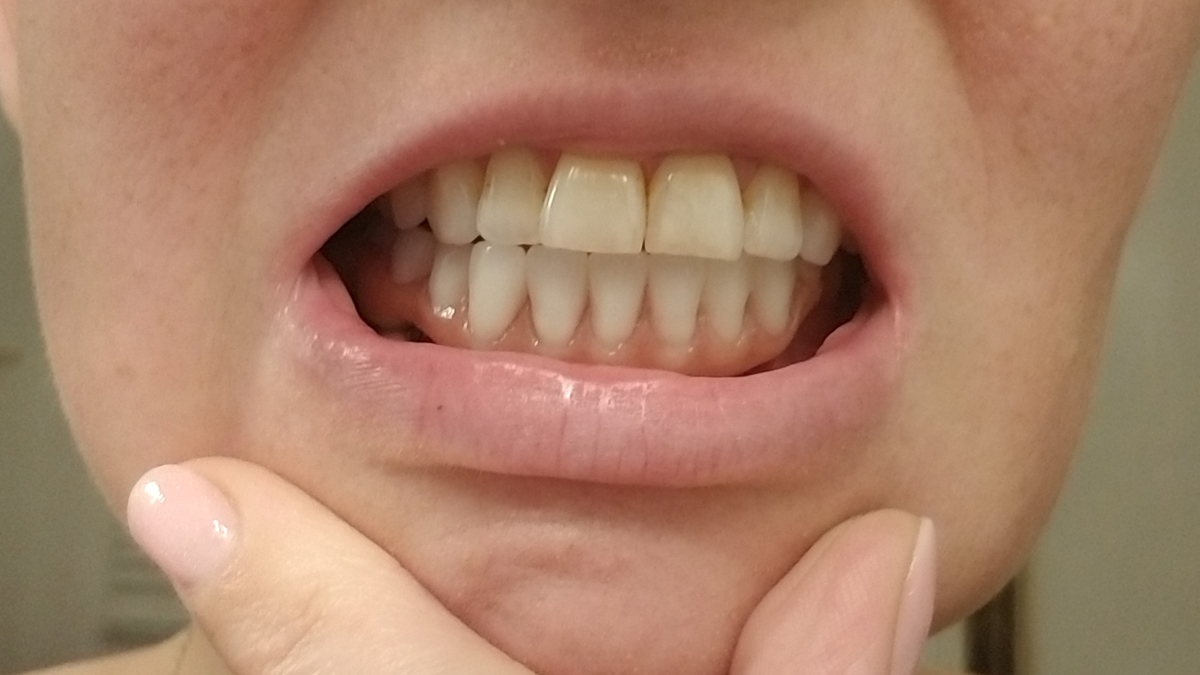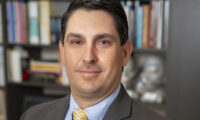The process of creating three-dimensional, solid objects from a digital file was first developed in the early 1980s. Since then, the use of 3D printing has emerged as a valuable commodity in various facets of the world economy. Today it plays a critical and ever-growing role in the medical field. In dentistry, for example, health care professionals now use the technology for a wide range of applications, from producing crowns, bridges, implants, dentures, aligners and braces to repairing damaged teeth.
For example, making a crown for a tooth used to be a lengthy and somewhat messy process. The patient had to bite down on a piece of clay or other sticky substance, which eventually hardened into a mold that was sent to a lab. The crown returned to the dentist’s office a few weeks later. Meanwhile, the dentist fitted the patient with a temporary crown to protect the tooth. A similar method was used to create a model for Invisalign and traditional metal braces.
3D printing has streamlined the process immeasurably. Now the dentist scans the tooth, and the crown can be milled immediately, possibly in his or her office, and placed permanently in the patient’s mouth within a few hours. A procedure that once took two weeks or longer can now be completed in a single day.
Dental implants also have been taken to a higher level, according to Dr. Betsy Davis, a professor in the Department of Otolaryngology at the Medical University of South Carolina’s College of Medicine. She said using a cone-beam scan, which is similar to a CT scan, dentists and oral surgeons can create a guide that will tell them precisely where the implants need to go in the patient’s jaw.
Dr. Davis, whose expertise is in treating patients with head and neck cancer, added that 3D printing is a valuable tool when surgeons choose to use part of a person’s fibula, the long, thin bone in the lower leg, to replace bone in the jaw. Using the scan, they can virtually plan the reconstructive surgery.
“The whole team will plan the reconstruction on the computer and use the 3D output as our cutting guides,” Dr. Davis said. “Then we can use the 3D plan as a guide to where the dental implants will go. We’re doing two surgeries at one time.”
“You’re planning everything before you ever go into the operating room,” she added.
She pointed out that 3D technology also is a valuable tool in replacing a cancer patient’s ear. She said it can be used to make a prosthetic that exactly matches the patient’s other ear.
“I can flip the remaining ear on the computer, and we can 3D print a model. Before, we would have had to sculpt the model by hand. That took a tremendous amount of time. Now, after cancer surgery, we already have a mockup of what the ear will look like.”
The final product, the ear that will replace what the patient has lost, is made of silicone.
What does the future of 3D look like in the world of medicine? The potential uses for the technology are virtually endless, Dr. Davis said, as scientists and clinicians continue to strive to test the current boundaries of science and medicine. Among the possibilities is tissue engineering – growing actual human cells. Another use of 3D technology could be osseointegration – creating a direct interface between human bone and an implant. For example, what if a patient required dental implants to replace teeth but didn’t have the proper bone structure to hold the implants?
“Right now, we put implants in bone and the implant and the bone osseointegrate, or bond, to each other. But if you have poor quality bone that’s not good for an implant, we might be able to engineer these factors to enhance osseointegration,” Dr. Davis said.
“But this is all for the future,” she added. “That’s why it’s really exciting to be a bio-engineer, to adapt basic science principles to the clinical science of dentistry and medicine.”
“You have to sometimes think outside the box to solve these clinical problems,” she concluded. “It’s important to think outside the box. Unless you do, how are we ever going to solve these clinical problems?”
By Brian Sherman








